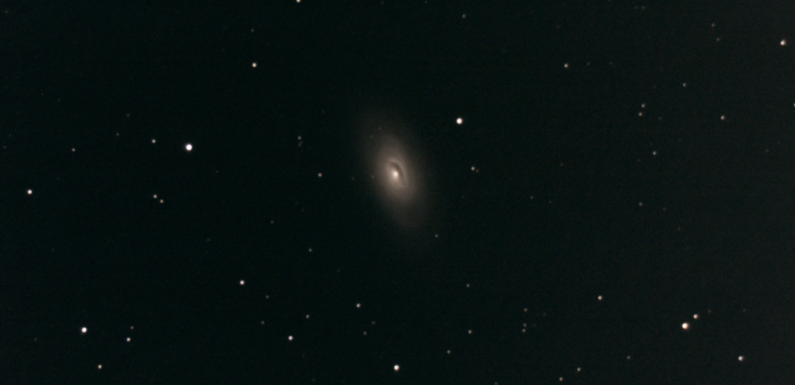
The sky was nice and clear. Breezy with gusty winds at times during the early evening, but the wind died down as it got later. The temps were cool in the mid to upper 40s F. Had a great night EAA observing and I am adding one object to my M81 Group list and 9 more Messiers to the Messier Log.
I did a visual polar alignment, then shot flats and darks to use for the session. Focused using the Ekos Focus Module. Plate solving has my focal length at 1053 with a focal ratio of 6.9 with the spacing (105mm) I have between the camera and F/6.3 focal reducer. I still have the SVBONY UV/IR Cut Filter on the camera, but I think I am going to remove it for the next session as I am not really seeing any benefit and I think the reflections I see in images with brighter stars might be caused by it.
All these EAA images were capture with my ZWO ASI294MC Pro with a SVBONY UV/IR Cut Filter through my Celestron C6 6″ SCT with a F/6.3 focal reducer and live stacked using SharpCap Pro. The mount and cameras are remotely controlled with KStars/Ekos/INDI running on an Astroberry Raspberry Pi. The images have been resized and cropped for size but otherwise appear just as I observed them.
UGC 5692 is a Magellanic-type spiral galaxy in the constellation of Ursa Major and a member of the M81 group. This is a live stack of 80 x 15 second exposures at 121 gain, bin 2X2.
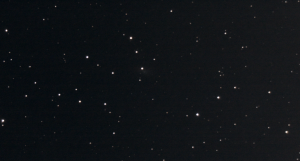
It is faint but it can be resolved in the center of the frame. UGC 5692 has a brightness of about 13 mag, which is just at the limits of what I can see with the C6. Longer exposures and more time will probably bring it out a bit more, but that will be another night.
M58 is an intermediate barred spiral galaxy in constellation Virgo. This is a live stack of 60 x 15 second exposures at 121 gain.
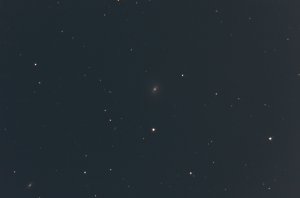
The galaxy NGC 4564 is visible in the lower left of the frame.
M59 is an elliptical galaxy in the constellation of Virgo. This is a live stack of 60 x 15 second exposures at 121 gain.
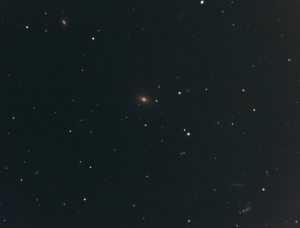
There are a lot of interesting faint fuzzies in this capture of M59. Here is the SharpCap Annotation of the live stack to help bring them out.
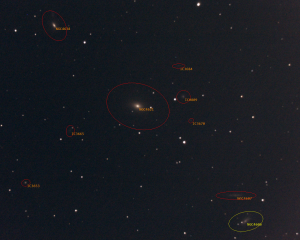
M61 is an intermediate barred spiral galaxy in the constellation of Virgo. This is a live stack of 60 x 15 second exposures at 121 gain.
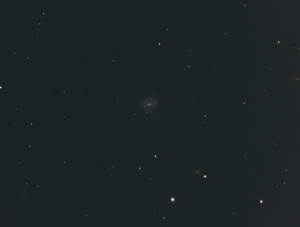
NGC 4301 is up and to the right and NGC 4292 is down and to the right.
My PC locked up about 5 minutes into the live stack of M61. Everything recovered fine after a reboot, but it did not seem like my flats and darks were being applied correctly after the crash.
M64, The Black Eye Galaxy, is a spiral galaxy in constellation of Coma Berenices. This is a live stack of 60 x 15 second exposures at 121 gain.
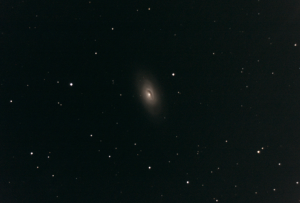
This was my favorite of the night.
M49 is a giant elliptical galaxy in the constellation of Virgo. This is a live stack of 20 x 15 second exposures and 60 x 10 second exposures at 121 gain.
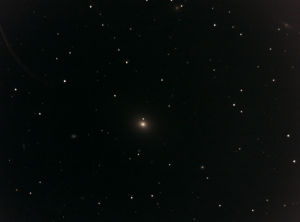
There are several other galaxies in this capture which are easily resolved: NGC 4464 is down and to the right, NGC 4492 is at the top center, NGC 4488 is top right, and NGC 4470 is to the left.
M53 is a globular cluster in the Coma Berenices constellation. This is a live stack of 60 x 10 second exposures at 121 gain.
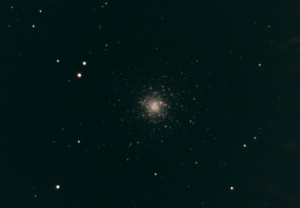
M3 is a globular cluster of stars in the constellation of Canes Venatici. This is a live stack of 60 x 10 second exposures at 121 gain.
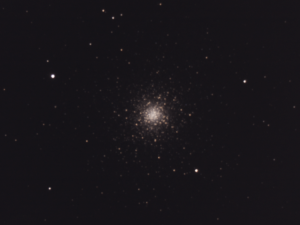
M91 is a barred spiral galaxy in the constellation of Coma Berenices. This is a live stack of 60 x 15 second exposures at 121 gain.
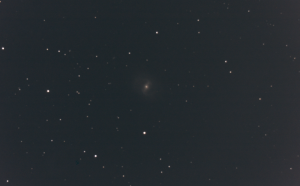
M68 is a globular cluster in the constellation Hydra. This is a live stack of 60 x 10 second exposures at 121 gain.
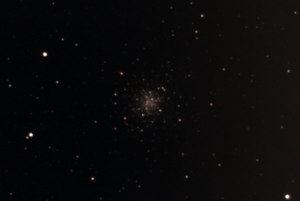
I decided to pack things up around 12:45 AM.
Five of the Messier objects (and many of the NGC objects in the frames) I EAA observed tonight (M58, M59, M49, M91, and M61) are members of the Virgo Cluster.
A lot of interesting objects and a great night EAA observing.


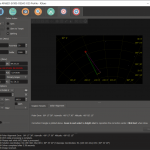
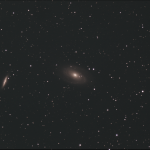
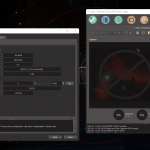
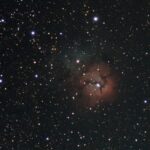
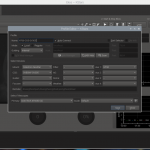
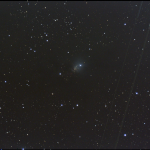
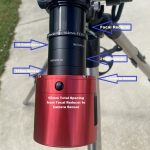
Hi Hersey,
Could you tell me how you load your images from Ekos into Sharpcap? This is the main obstacle in getting me to use Sharpcap with my Raspberry Pi (3) using INDI/Ekos.
Gene,
I use the folder monitor camera in SharpCap. I think it is only available in SharpCap Pro which is well worth the $18 a year. I use Ekos to capture the images and save them in a folder, then use the SharpCap Folder Monitor Camera to read the images out of the folder and stack them.
I try to document the process and do a blog post in the next couple days.
Hope that helps.
Thanks
Hersey
Gene,
Check out this post http://www.suffolksky.com/2022/04/06/capturing-images-with-ekos-and-eaa-live-stacking-in-sharpcap-pro/ for details on how I am using Ekos to capture images and SharpCap Pro to live stack.
Hersey
Hi Hersey
I’m using a similar setup – C6 through a Celestron f6.3 reducer to my camera a sony a7rii in aps-c mode (4.5 pixel size) but I get heavily distorted stars outside the middle third of the frame. One side looks almost like they are trailing – could be the mount not quite keeping up in guiding/sidereal rate – but the other side looks like little out of focus comets with a hollowed out area. Was wondering how much you had cropped these pictures and whether you had run into similar?
Nigel
Nigel,
Yes I get some distortion in the corners but not much. The SVBONY SV305 camera has a small sensor, so it is not too bad. I do crop them down but I don’t have to crop them very much.
Thanks
Hersey